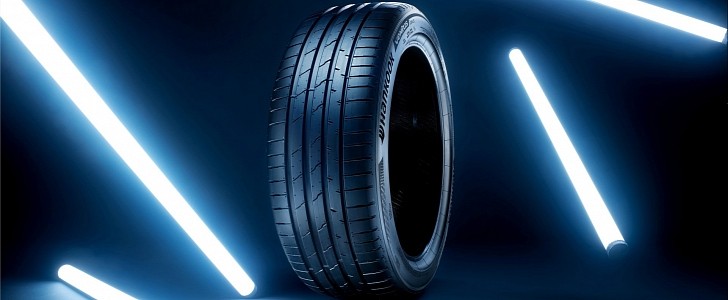Claims that EV tires and brakes produce more particulates than those of gas and diesel vehicles are greatly exaggerated, according to a RAC report. Despite being heavier, electric vehicles are not burning through rubber like drift cars and they barely use the brakes during normal operation.
Many people who oppose electric vehicles claim that EVs are actually more polluting than their ICE counterparts. The reasons indicated are that battery manufacturing is polluting, and so is electric energy generation. But the biggest pollution is said to come from the particulates that electric vehicles produce from wearing tires and brakes because they are usually heavier than ICE vehicles. Some even claim EVs emit 1,000 times more particulates than gas and diesel engines.
British motoring organization RAC has commissioned research into the particulates emitted by electric vehicles during normal operation. More specifically, the report addresses the quantities of toxic fine particulate matter (PM2.5) generated from EVs tires and brakes.
RAC’s report looked into real-world usage and found out that electric vehicles’ brakes wear much slower than those in conventional cars. This is because electric cars rely mostly on regenerative braking, where the electric motors work in reverse to slow the car while charging the battery.
According to the study, a taxi rental company reported that brake pads on the 11 Nissan Leafs in its fleet have a lifespan of around 100,000 miles, four times more than their diesel taxis. Another EV servicing company confirmed the results, noting that EV’s brakes regularly last above 100,000 miles. If an EV ever needs the brakes replaced, it’s not because of wear but because of rusting due to lack of use.
When it comes to tire wear pollution, the things are a little more nuanced, but electric vehicles still don’t burn them like some people like to believe. The same rental company revealed that the front tires on their all-electric front-wheel-drive Nissan Leaf last about 5,000-10,000 miles less than that of their diesel taxis. On the other hand, the rear tires last the same amount of time, typically covering 30,000-36,000 miles before needing a replacement.
The problem is being alleviated by tire manufacturers who develop special products for electric vehicles. These are more efficient and have less wear without sacrificing grip, thus minimizing particulate pollution. The conclusion is clear: far from being more polluting, electric vehicles vastly reduce particulate matter from brake wear and show a minimal increase in tire particulates compared to conventional cars.
British motoring organization RAC has commissioned research into the particulates emitted by electric vehicles during normal operation. More specifically, the report addresses the quantities of toxic fine particulate matter (PM2.5) generated from EVs tires and brakes.
RAC’s report looked into real-world usage and found out that electric vehicles’ brakes wear much slower than those in conventional cars. This is because electric cars rely mostly on regenerative braking, where the electric motors work in reverse to slow the car while charging the battery.
According to the study, a taxi rental company reported that brake pads on the 11 Nissan Leafs in its fleet have a lifespan of around 100,000 miles, four times more than their diesel taxis. Another EV servicing company confirmed the results, noting that EV’s brakes regularly last above 100,000 miles. If an EV ever needs the brakes replaced, it’s not because of wear but because of rusting due to lack of use.
When it comes to tire wear pollution, the things are a little more nuanced, but electric vehicles still don’t burn them like some people like to believe. The same rental company revealed that the front tires on their all-electric front-wheel-drive Nissan Leaf last about 5,000-10,000 miles less than that of their diesel taxis. On the other hand, the rear tires last the same amount of time, typically covering 30,000-36,000 miles before needing a replacement.
The problem is being alleviated by tire manufacturers who develop special products for electric vehicles. These are more efficient and have less wear without sacrificing grip, thus minimizing particulate pollution. The conclusion is clear: far from being more polluting, electric vehicles vastly reduce particulate matter from brake wear and show a minimal increase in tire particulates compared to conventional cars.







